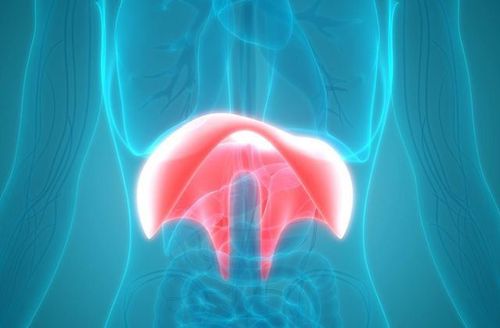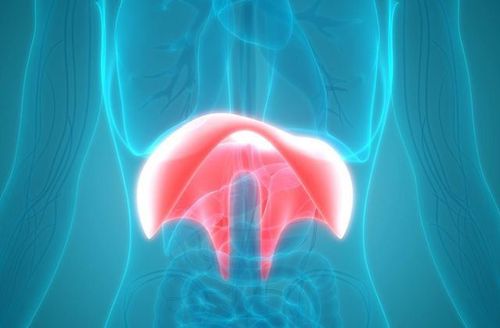This is an automatically translated article.
The article was professionally consulted by Specialist Doctor II Nguyen Quoc Viet - Interventional Cardiologist - Department of Medical Examination & Internal Medicine - Vinmec Danang International General Hospital.Diaphragm pacing is an effective method for patients with spinal cord injuries that impair breathing and mobility. This is considered a good solution so that patients can lead a normal life and reduce their dependence on other types of respiratory support devices.
1. What is diaphragmatic pacing?
The diaphragm is a large horizontal muscle that separates the abdomen and chest. When you inhale, the diaphragm contracts and moves downward, creating space for the lungs to expand and fill with air. On exhalation, the diaphragm relaxes and moves upward to help push air out of the lungs.
Spinal cord injury is damage to the nerves in the spinal canal due to a spinal injury that affects the ability of the spinal cord to send and receive signals from the brain to the body's systems that control sensation. Sensory, motor, and autonomic functions are below the level of injury.

If you have a spinal cord injury and must use a mechanical ventilator, diaphragmatic pacing will work well. Diaphragm pacing can help improve breathing and potentially stop reliance on mechanical ventilators. To regulate diaphragm speed, a lightweight, battery-powered system stimulates the diaphragm and nerves. This causes the diaphragm to contract so that air is pushed into the lungs to breathe more normally.
Diaphragm pacing is performed by implanting four electrodes into the diaphragm and a fifth electrode just under the skin near the other electrodes. The electrodes are then connected to an external stimulator. The stimulator delivers continuous electrical pulses to the electrodes, causing the diaphragm to contract and allowing breathing to take place.
2. Effect of diaphragmatic pacing
For patients with breathing problems caused by spinal cord injuries, diaphragmatic pacing has the following main effects:Diaphragm pacing reduces or eliminates machine time breathing apparatus or other breathing aids. Help the patient breathe and speak more naturally.

Increased mobility and transport. Makes activities like dressing, bathing, and moving easier. Reduces the risk of respiratory infections. Improves sense of smell and taste. Reduce the need for an external power source and worry about power outages.
Please dial HOTLINE for more information or register for an appointment HERE. Download MyVinmec app to make appointments faster and to manage your bookings easily.
Reference source: mayoclinic.org













